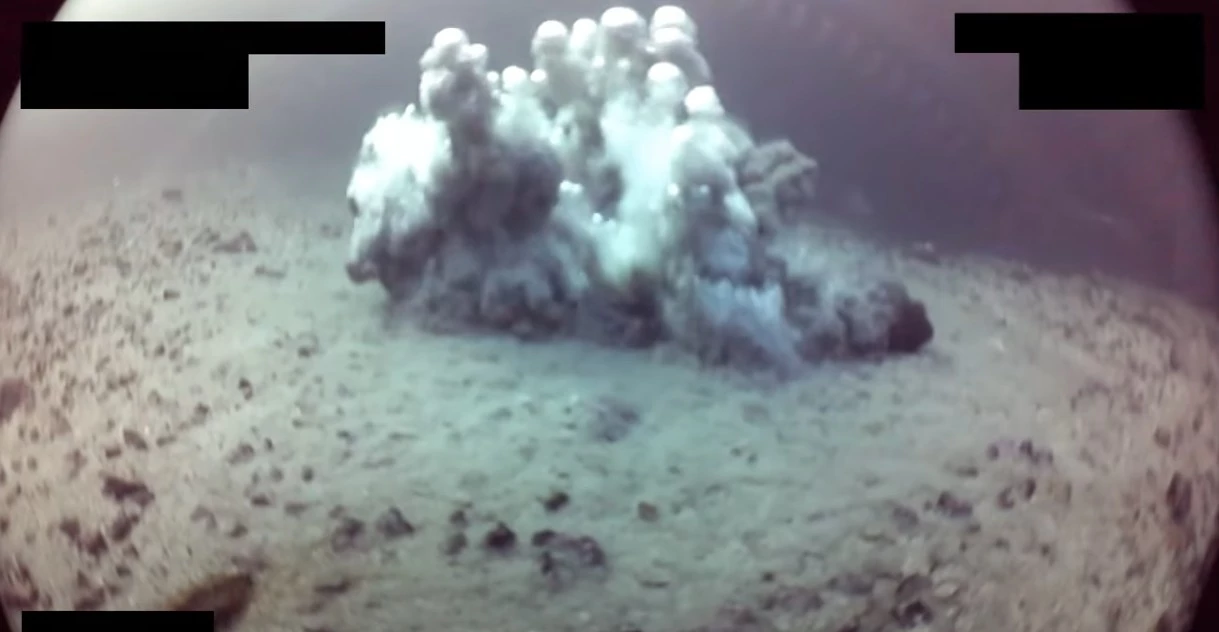The Royal Navy is testing how to use robots to seek out and detonate mines and other threats found near vital yet vulnerable undersea cables and pipelines at greater depths than a human diver can safely reach.
We tend to think of the seabed as an essentially empty place that's largely devoid of human traffic, aside from the odd shipwreck, oil rig, garbage, or lost anchor. However, that is far from the case and hasn't been so for over a century and a half.
Ever since the first transatlantic telegraph cable was laid and opened for business in 1858, the world beneath the waves has become an increasingly busy place. It isn't satellites that carry the bulk of internet traffic. It's a globe-straddling network of cables that send and receive 95% of the world's data. Added to this are cables that carry electricity for hundreds of miles so – for example, power generated in Norway can be consumed in England. And then there are the seabed pipelines carrying oil or gas that keep whole continents running.
It's a modern miracle of engineering, but also what strategic planners are seeing as a vital supply line that is frighteningly and demonstrably vulnerable. Since 2023, five undersea cables and two pipelines were damaged in the Baltic, 16 cables around Taiwan, and one pipeline in the Red Sea have all been severed or damaged either deliberately or under suspicious circumstances. You can add to this up to 200 incidents worldwide put down to accidents involving dragging anchors or snarled fishing gear.
Accidents are bad enough, but the deliberate attacks have very serious military and geopolitical implications that quickly make the front pages, so the major naval powers and alliances are dead keen on making this as difficult as possible for an enemy.
The Royal Navy is looking at one way to counter this threat by using Remotely Operated Vehicles (ROV) that have been adapted and updated by Britain's Defence Science and Technology Laboratory (Dstl) and industry partners to handle a variety of menaces. This includes active mines that have been deliberately laid, old mines and aerial bombs that just happen to be in the vicinity, and spy devices designed to tap into communication cables.

Before carrying out sea trials at Horsea Island in Portsmouth, Portland Harbour, the Bristol Channel, and the North Sea off the Norwegian coast, the commercial robots were modified with the usual upgrades to meet Naval standards, along with systems for detecting explosives, hardening to operate for long periods beyond the depth that humans can safely visit, and manipulators to allow the robot to carry and place an explosive charge on or near the threat. In addition, there is a remote imaging system that sends back real-time visual and sonar imagery to the operators on the mothership.
"This technology would be a valuable tool set for keeping our Armed Forces safe whilst providing the public with value for money," said Dstl explosives engineer John. "This unique capability with its sensors, tools and cameras will give operators a real time ability to deal with these underwater hazards in a safe, effective and efficient way."
Source: UK Government





